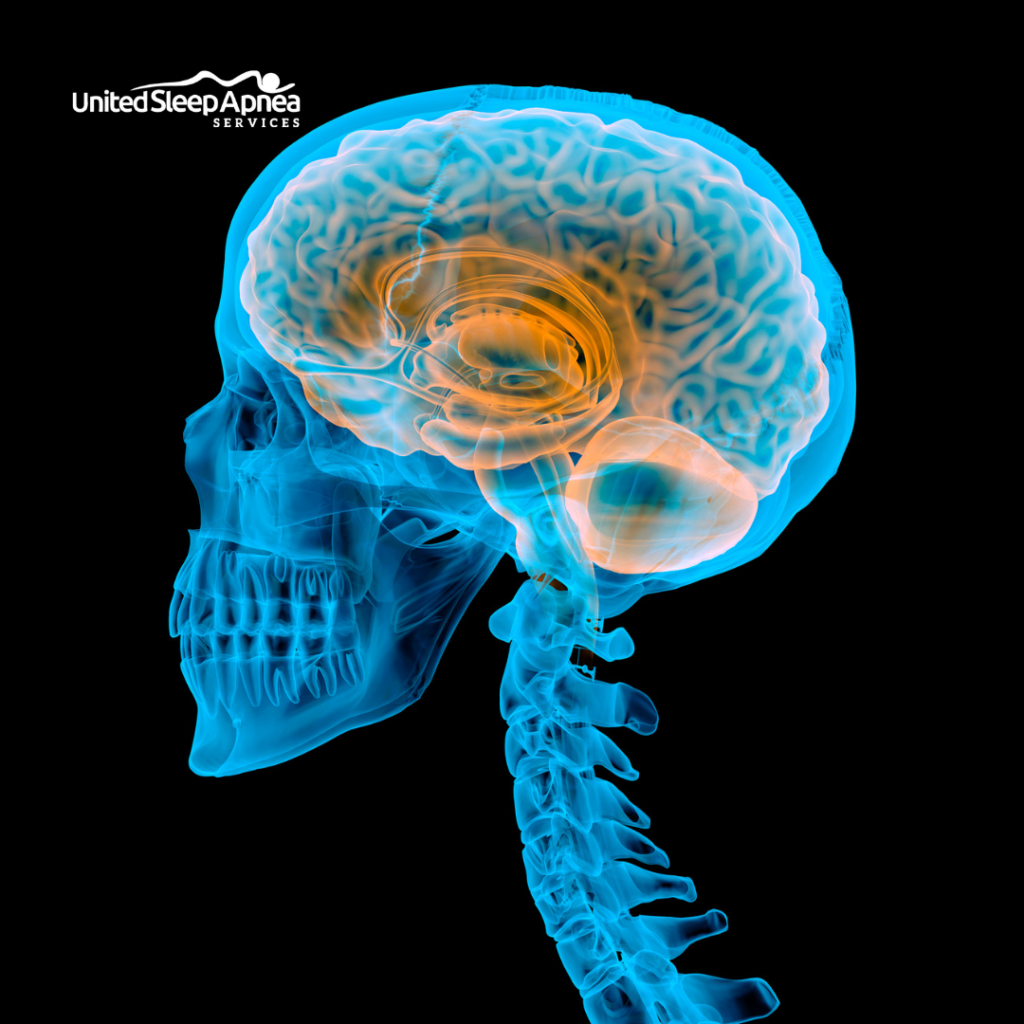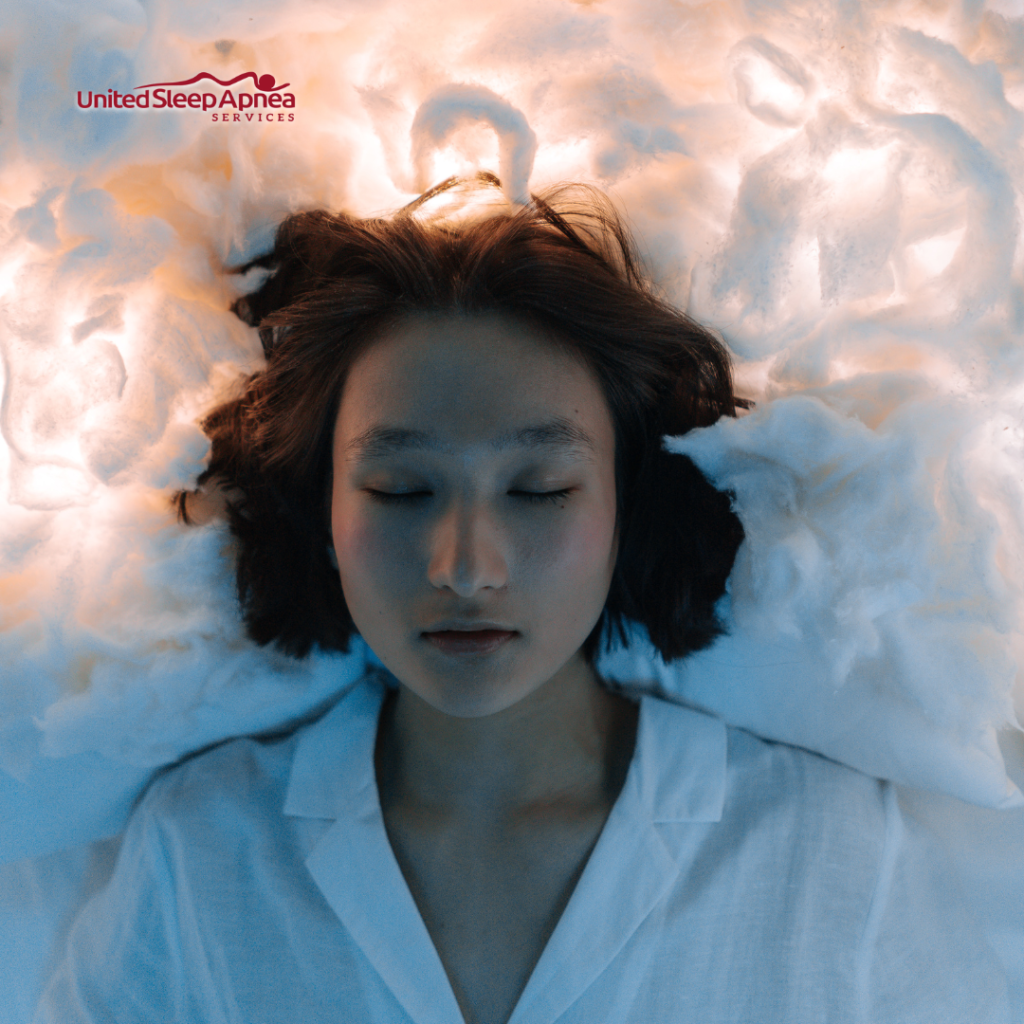Indeed, sleep is one of the most intricate networks of dynamic processes the human body undergoes. For an ordinary individual, it’s just a time when your eyes doze off to give rest to your body. For a biological person, it’s an active state of mind wherein the brain does a set of sleep-oriented functions that help the body rejuvenate and recover from all sorts of distortions.
The electroencephalogram (EEG), the most helpful discovery in the 1950s that led to several sleep studies, was an accidental invention that occurred when investigating a specific sleep behavior called REM Sleep (Rapid Eye Movement Sleep). From then to date, scientists have progressed in understanding how REM Sleep initiates, functions, and regulates several other body and brain functions. Of note, the vital role played by REM Sleep in a human being’s life has opened up with the help of the experimental studies that neuroscientists carried out only in the last decade.
Brief of REM Sleep
There are four stages of sleep, namely Non-REM sleep N1, N2, N3, and REM Sleep N4. During sleep, a person enters the Non-REM sleep stages N1, N2 & N3, followed by REM sleep. Upon completion, the person again enters the Non-REM stages N2 & N3, and REM sleep in the form of iterations called the sleep cycles.
As the name says, rapid eye movements characterize REM sleep. Scientists discovered that the eyes tend to move around almost in all directions during REM sleep at a fast pace. However, during REM sleep, though your eyes move, it does not send any signals to your brain. It is also during the REM sleep stage that most dreaming occurs.
A WebMD Medical Reference article explains the distinctive roles played by REM Sleep in learning, memory, and mood. Hence, identifying the brain as the most active organ plays a crucial role in sleep.
The Physiology behind REM Sleep
It is given in the Sleep Mechanisms and Phylogeny book that a particular brain structure called the pons is crucial in the development of REM sleep in a human being. This pons in the brainstem, along with a few regions in the midbrain, act to regulate REM Sleep. In addition, the brain’s hypothalamus region contains a sub-group of cells called the REM-on cells and REM-off cells.
These REM-on and REM-off cells play their respective roles in the onset and offset of REM sleep by the timely transmission of signals to the brain. The REM-on cells transmit the signals using GABA (gamma-aminobutyric acid), acetylcholine, glycine, or glutamate. In contrast, the REM-off cells use serotonin, histamine, norepinephrine, epinephrine, or GABA.

Duration and Percentage of REM Sleep
A 2017 Medical News Today article explained when and how long REM sleep occurs naturally. REM sleep, stage four (N4) of sleep, usually commences within 90 minutes of a person falling asleep. As the night progresses with successive sleep cycles, several REM sleep episodes occur—accounting for nearly half the percentage of a baby’s or infant’s sleep cycle. In adults, it accounts for about 20 – 25%, half of what a baby experiences.
The length of REM sleep varies in every sleep cycle. REM sleep lasts about 9 – 10 minutes during the first sleep cycle. However, the time seems to increase with the progress of sleep cycles throughout the night. The last sleep cycle will hold a REM sleep that may last up to an hour.

ARE YOU MISSING OUT ON THE MOST RESTORATIVE SLEEP OF YOUR LIFE?
Reduce your daytime fatigue with the latest diagnostic testing and physician services for improved health.
Our team of experts will listen to your concerns, guide you through the process, and answer all your questions.
What happens during REM Sleep?
A National Institute of Health publication elaborates on the activities that eventuate with the onset of REM Sleep. The body and the brain change REM sleep. They are:
- Rapid eye movements
- Increased blood pressure levels (that equals waking levels)
- Increased heart rate (that equals waking levels)
- Faster & irregular breathing
- Changes in body temperature
- High brain activity (that equals waking levels)
- Increased oxygen consumption due to continuous brain activity
During REM sleep (also called paradoxical sleep), temporary paralysis of major muscles, including arm and leg muscles, occurs to prevent individuals from acting out of their dreams. At the same time, we could barely see body-twitching activities. The body twitching mainly occurs with the face, fingers, limbs, arms, and legs.
Although dreams occur in almost all the stages of sleep, researchers found that most intense dreaming occurs at this stage due to increased cerebral activity ( i.e., mixed frequency brain waves).
REM Sleep and Dreaming

Have you realized the reason why we experience dreams? Plain spoke, they are just a part of sleep wherein most of us forget what we dreamt the last night. But, experts suggest that dreaming enhances a set of brain functions and makes a lot of sense. Dreaming helps effectively process emotions, solidify specific memories, and improve problem-solving skills.
Some people experience lucid dreams, while some experience vivid dreams. Lucid dreams are those that the dreamer is completely aware of. Lucid dreams typically occur in REM sleep, the dreaming stage of sleep. On the other side, vivid dreams are more powerful and intense with a solid emotional influence over the dreamer.
Most dreams that a person experiences in REM sleep will be vivid dreams that may fall under the categories: Fantasy, Fiction, Positive, or Negative.
The active brain signals the spinal cord to restrict muscle movement while in REM sleep to prevent the legs and arms from moving or acting out of dreams. This temporary paralysis, also called atonia, helps individuals from facing any serious injuries when acting out their dreams.
A person spends nearly two hours a night just dreaming, and It has also been found that some people might have colors in their dream, while some can recall only a black and white picture.
Why is Baby’s REM Sleep Important?
Research studies reveal that REM sleep plays a vital role in remembering things that a person learns. Also, it predominantly helps in brain development processes.
Research by Gerald A Marks et al. proves that REM sleep significantly aids brain maturation throughout early life (newborn or infant stage) and enhances the complex network of neural activities. Specifically, REM sleep stimulates the neurons and catalyzes the growth of neural connections in infants. Hence, it plays a crucial role in developing, strengthening, and maturation of the central nervous system (CNS).
Implications of Poor REM Sleep
Like food and water, quality sleep is essential for humans to live healthily, according to a 2019 Healthline article. Any sort of reduction or deviation in the quality of sleep dramatically impacts the physical and mental health of the individuals. If you’re sleep-deprived, you may have the following health concerns already:
- Lack of memory & easy forgetting
- Frequent mood changes
- Increased blood pressure
- Inflamed immunity system
- Unexpected weight gains
- Lack of concentration and patience
- Low productivity
- Low energy levels throughout the day
- Low sex drive
- Increased chances of accidents
- Higher risk of Diabetes
- Cardiovascular diseases
In specific, the lack of REM sleep leads to:
- Development of migraines
- Obesity (more common in children and adults)
- Reduced coping skills
- Poor defensive responses (at the time of emergencies)
- Sleep disorders, namely sleep apnea, sleep parasomnias, or sleep behavior disorder
REM Sleep Parasomnias
Unwanted arousal from sleep is called sleep parasomnia. REM sleep parasomnia occurs when individuals exhibit unwanted physical or verbal behaviors, including walking, kicking, or talking, during their REM sleep stage.
A 2010 Mark W. Mahowald et al. study unveils that REM sleep behavior disorder (RBD) has become one of the most common REM sleep parasomnias in today’s world.
REM Sleep Behaviour Disorder
REM sleep behavior disorder is a kind of sleep disorder in which individuals showcase dream-enacting behavior. Instead of controlling the legs and arms, sometimes the individuals act out of their vivid dreams. Violent movements, undesirable sounds or shouts, and unwanted walks kind of behavior tend to occur more frequently among these patients. Sometimes, severe physical damage can arise due to hitting against the walls or falling off the stairs.
The pon cells of the brain are responsible for initiating brain signals to the spinal cord for muscle control. When these cells fail, the legs and arms are left free without restriction when these cells fail, which leads to dream-enacting behavior or sleep behavior disorder.
The symptoms of REM sleep behavior disorder include:
All these symptoms happen when individuals try to defend themselves against violent vivid dreams. The symptoms may seem less severe initially, but when the disorder is untreated for long years, the consequences will become critical and dangerous to the survival factor.
REM sleep behavior disorder is associated with other neurological disorders, namely Parkinson’s disease and Lewy body dementia.

ARE YOU OR YOUR LOVED ONES AFFECTED BY SLEEP APNEA?
Our process is designed using a patient-centered, holistic curative model that focuses on lowering costs while improving outcomes.
We serve veterans, minorities, families, and those who can’t get tests done at other facilities
Cataplexy
Cataplexy is a condition wherein your muscles get extremely weakened without any sign or warning. Strong emotions like extreme happiness, sadness, fear, or anger contribute majorly to the cause of cataplexy arousal.
A 2017 study found that loss of a particular type of brain cells called the hypothalamic orexin cells leads to disturbed REM sleep and causes narcolepsy with cataplexy as one of its symptoms.
The symptoms of cataplexy include:
- Side falling of the head
- Jaw-dropping
- Muscle twitching
- Whole-body falling
Getting Quality REM Sleep
The quality of total sleep majorly depends on the quality of REM sleep. So, keeping the REM episodes smooth and uninterrupted throughout the night is the need of the hour for most millennials. Given below are a couple of the most crucial to-do’s:
Several studies prove that alcohol consumption before bed significantly affects the number of REM sleep episodes per night. So, avoiding alcohol helps in maintaining a good quality of REM sleep.
Sleeping less than the prescribed number of hours leads to sleep deprivation disorders like sleep apnea, insomnia, and other associated health problems (Depression and Obesity)
Similarly, ensuring a consistent bedtime, less screen time, exercises, and avoiding caffeine can add value to your REM sleep quality.
Conclusion
The American Sleep Foundation and industry’s sleep specialists have recommended that people other than infants require about 7 – 9 hours of sleep a night to stay healthy. If you cannot follow this recommendation, you will be sleep-deprived daily. As a result, you will spend less than one-third of your life in sleep, which is against nature.
Happy sleeping and dreaming!


